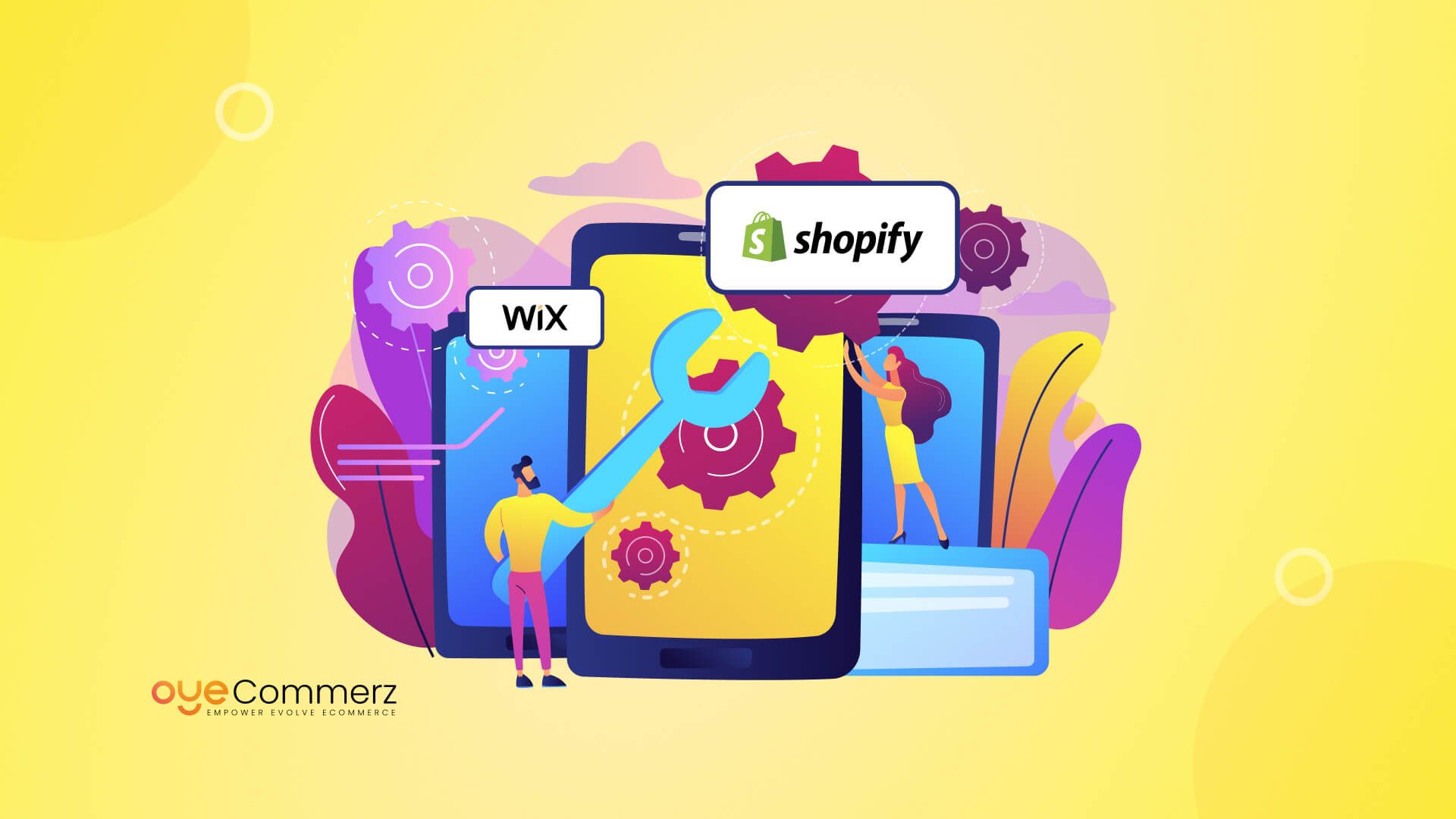In the current online environment, selecting the right e-commerce platform is essential for business growth. If you're currently using Wix but are considering a switch to Shopify, you are in good company. Many companies are migrating to Shopify to take advantage of its robust capabilities, scalability, and specialized e-commerce tools. This article will walk you through the migration process, ensuring a smooth transition and preparing you for e-commerce achievement.
Why Switch from Wix to Shopify?
Before diving into the transition process, it's important to understand why Shopify might be a better fit for your e-commerce requirements:
- Specialization: Unlike Wix, which caters to multiple website types, Shopify is engineered exclusively for e-commerce, providing sophisticated features and functionalities tailored for digital commerce.
- Growth Potential: As your business expands, Shopify can easily handle increased visitor volumes and sales volume without sacrificing efficiency.
- Wide-ranging App Ecosystem: Shopify provides a vast collection of apps that can enhance your store's capabilities, from marketing tools to inventory management options.
- Search Engine Optimization: Shopify offers superior SEO tools, which can assist in boosting your store’s visibility on search engines.
- Transaction Methods: With numerous transaction platforms supported, including Shopify Payments, you can offer customers a variety of payment methods.
Getting Ready for Migration
To ensure a trouble-free transition from Wix to Shopify, adhere to these preparation steps:
1. Save Your Information
Download all your data from Wix, including item information, customer information, and order history. This process is vital as it ensures you have a copy of all data before starting the migration.
2. Select a Pricing Option
Evaluate the different Shopify plans available and select one that aligns with your company’s requirements. Take into account factors such as costs, built-in tools, and growth potential.
3. Create Your Shopify Profile
Create your Shopify account and explore the platform’s interface and features.
The Migration Process
Now that you are prepared, it’s time to transfer your store from Wix to Shopify. Here’s how:
1. Transfer Items
Utilize Shopify's integrated migration utility or external tools like Cart2Cart or LitExtension Product import tools to transfer your items from Wix to Shopify.
Ensure that product descriptions, pictures, costs, and options are correctly imported.
2. Transfer Customer Data
Import client details such as names and contact info into your new Shopify store. This process is vital for retaining customer relationships and marketing efforts.
3. Configure Transactions
Set up payment gateways in your Shopify store to ensure seamless transactions. You can choose from various platforms like debit methods, PayPal, and Analytics tools others.
4. Customize Your Store Design
Select a design that aligns with your brand identity. Modify it using Shopify's customization options to create an attractive and intuitive store layout.
5. SEO Optimization
Apply SEO strategies during the transition process:
- Set up 301 redirects from old Wix URLs to new Shopify URLs.
- Enhance item names, descriptions, and images with targeted search terms.
- Modify meta tags and alt texts for improved search engine visibility.
Post-Migration Steps
Once your store is live on Shopify, follow these follow-up steps:
1. Test Your Store
Conduct thorough testing of your new store:
- Check item listings for correctness.
- Test payment processes.
- Make sure all links work correctly.
2. Launch Marketing Campaigns
Announce your new store launch through newsletters and social media channels.
Think about offering special offers or sales to attract shoppers.
3. Monitor Performance
Use analytics tools within Shopify to track sales performance and customer behavior.
Adjust your strategies based on data insights.
Conclusion
Migrating from Wix to Shopify can significantly improve your e-commerce potential and set the stage for growth and achievement. By adhering to this guide and taking a systematic approach to the migration process, you can guarantee a seamless move that reduces downtime and boosts opportunities for revenue. Welcome the change and watch your online store thrive on its new platform!
